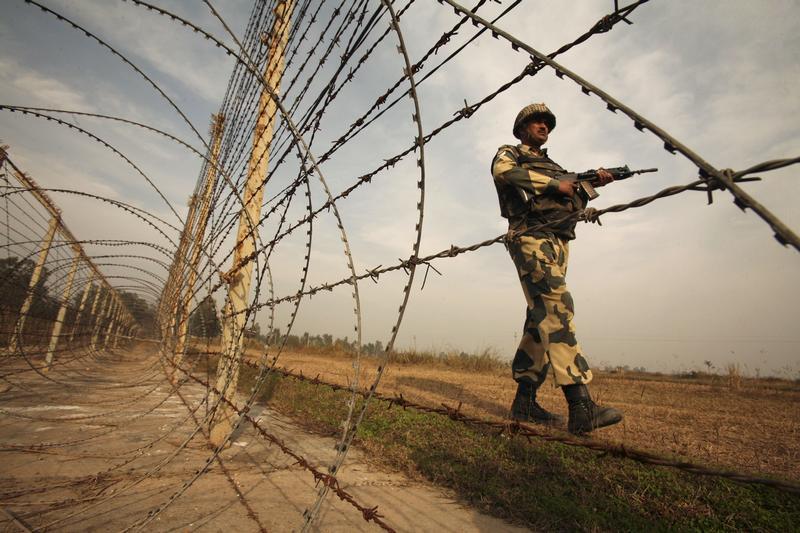Role of The BSF
This is naturally the starting point of the authors' argument which has been deliberately left confused by the author and the arguments advanced by the author are not in synchronization of the main theme of his writeup.
The central theme of Mr Asthan is that BSF is the "Front line of Defence" which is neither correct as per defined role nor correct in its historicity and conventions. It is simply a peacetime border policing force and remains so.
The BSF official webpage says,
" The Border Security Force (BSF) is a Border Guarding Force of India. Established on December 1, 1965, it is a paramilitary force (??) charged with guarding India's land border during peace time and preventing transnational crime. It is a Union Government Agency under the administrative control of Ministry of Home Affairs. It is one of many law enforcement agency of India. It currently stands as the world's largest border guarding force. "
Even here there is confusion added deliberately in stating that BSF is a paramilitary force which it is no (now specifically defined as CAPF). The world "guarding " has been used instead of Policing which is more appropriate.
The BSF was created to ensure the security of international borders with Pakistan and for matters connected therewith. The main role of the BSF, therefore, is to be performed during peacetime. It is the duty of the army to defend the borders during war time. The BSF has a very limited role during wartime, that is, to assist the army. Thus, the BSF was conceived of as a peacetime apparatus. The recommendations of the study Group as well as the BSF Act, 1968, and the BSF Rules make this point clear. Over the years, however, the Force has come to play diversified roles, such as, counterinsurgency and anti-terrorist operations, maintenance of law and order, and other internal security duties. These are not the roles for which the BSF was originally created.
The peacetime roles of the BSF are five-fold:
first, to instill a sense of security amongst populations living in the border area,~,
second, to prevent trans-border crimes;
third, to prevent unauthorized entry into and exit from India;
fourth, to prevent the activities of smugglers, .
and lastly to collect trans-border intelligence.
(Anjali Nirmal, Role and Function of Central Police Organisation (New Delhi: Uppal, 1992),








